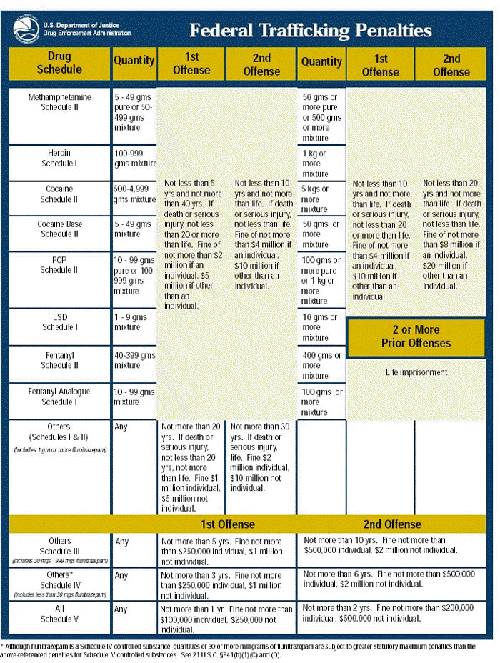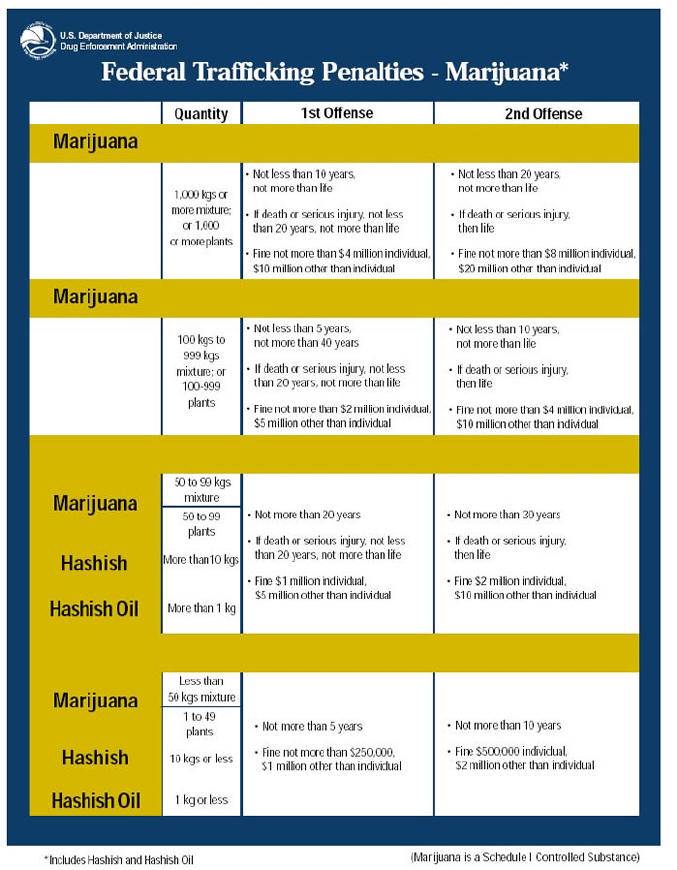Federal Sentencing
Most people are unaware that there is no parole in the federal criminal justice system. Individuals convicted of a federal offense will typically serve at least 85 percent of their prison sentences – even if they obtain time off for good behavior. A minimum of one year and one day must be served before time off for good behavior begins to be awarded.
The sentencing hearing in federal court is often the place where an accomplished criminal defense attorney can make the biggest difference. In order to make a difference, the lawyer needs to know the facts and the law. Getting a good result also requires knowledge about the judge and his or her probation officer. Sentencing for federal crimes depends on two sets of law: the statutes enacted by Congress that are found in the United States Code, and the Federal Sentencing Guidelines. Statutes set out the maximum punishment for any particular crime, and sometimes include a mandatory minimum period of jail time. The complicated Sentencing Guidelines provide a “range” somewhere between any minimum and the maximum period of incarceration.
Federal Sentencing Guidelines after U.S. v. Booker
The United States Sentencing Guidelines, which took effect on November 1, 1987, are the starting place for determining federal criminal sentences and it is therefore imperative that white collar attorneys and their clients have a thorough understanding of both the guidelines and their commentary. The guidelines can be extremely intricate and complex. We have been
practicing under the guidelines for almost our entire professional careers and have extensive knowledge of guidelines case law and commentary.
In 2005, the United States Supreme Court’s opinion in United States v. Booker brought potentially sweeping changes to the law governing federal sentencing practice by making the guidelines advisory rather than mandatory. Now, federal judges can consider a number of personal factors about the defendant’s background and the circumstances of his or her case that these
judges were not allowed to consider when the guidelines were mandatory.
Initially, Booker’s effect was limited, as most federal appellate courts erected strong presumptions against sentences that fell below the advisory guidelines range. That changed with two United States Supreme Court decisions from 2007, Gall v. United States and Kimbrough v. United States, in which the Supreme Court made it clear that sentences outside of the defendant’s normal guidelines range are not presumptively unreasonable and that sentencing courts are free to disagree with the guidelines’ policy statements. Over the past seven years, there has been a resurgence of arguments that had been “off limits” under the Sentencing Guidelines prior to the 2005 decision by the United States Supreme Court. These arguments
range from looking at how much the defendant’s family will be impacted by a long jail sentence, to whether the defendant paid off any victims before the case was charged. No two cases are alike, and we look for the specific set of arguments that will have the best chance of winning in a particular case. More and more, an experienced defense attorney tailors the argument to the case and the judge, something that was very difficult when the Sentencing Guidelines were mandatory and federal judges had little or no discretion to depart from those difficult rules.
Experienced defense attorney have obtained good results when appealing their client’s sentences under the new method of federal sentencing after the major 2005 Supreme Court ruling. Sometimes, it is the prosecutor who is unhappy when a defense attorney convinces the sentencing judge to impose a far more lenient sentence than what the rules otherwise call for. Experienced defense attorneys have also had success in these type of cases when they go the Court of Appeals to defend the sentence that the judge gave to their client.
Experienced criminal defense attorneys in federal court now feel as if they have more freedom to seek a better and fairer sentence for their clients. But the attorney still needs to be a specialist in the Sentencing Guidelines, for these rules are still the starting point in any federal criminal sentencing hearing. Furthermore, there are many traps for the unwary in federal sentencing hearings, such as the use of drugs while on
bond, the commission of new crimes and other issues that can prevent the client from getting a fair sentence.


Courts Still Place A Heavy Emphasis On Guidelines
Although the guidelines are no longer mandatory, they are still very important. United States v. Booker requires federal courts to start the sentencing process by calculating the appropriate guidelines range. Only then is a sentencing court allowed, but not required, to grant a downward departure, under the guidelines, or a Booker downward variance, based on non-guidelines’ factors set out in federal statutes.
The overwhelming majority of these judges still impose sentences within the suggested guidelines’ range. Old habits die hard. The guidelines have been around for more than 25 years and the guidelines’ framework for imposing sentences is the framework within which almost all federal judges have operated during their entire careers on the bench.
US Sentencing Commission Guidelines Manual
Brett L. Grayson has handled hundreds and hundreds of federal sentencing hearings, for all crimes, large and small. If you would like to speak with an attorney who can make a difference, feel free to call (337) 706-7646, or contact him online.


